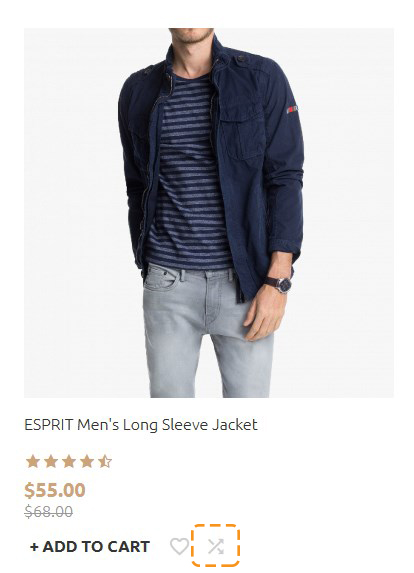F2 Documentation (Magento 2.2)

TM Extensions Settings
AMP Module
The Accelerated Mobile Page module which is developed by Zemez team is compatible with Magento 2.2. and designed to convert your Magento store pages into AMP technology pages. The extension can automatically create Magento AMP mobile pages for Category Pages and Product Pages.
Pages powered by AMP will be immediately loaded with content, as shown below:
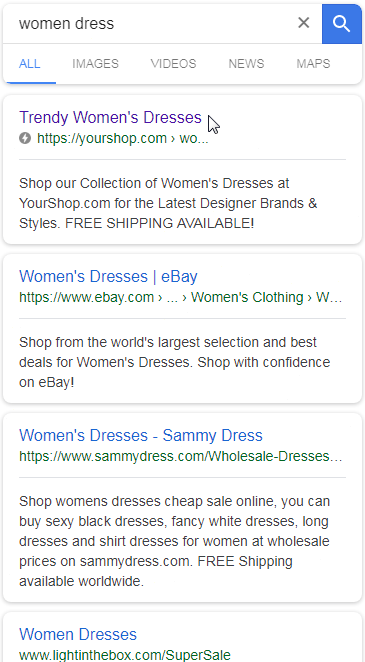
The users will know that a site has APM enabled by an APM sign next to the page on Google Results Page.

Enable the AMP Module
Here you can enable AMP for Category Pages and Product Pages of your store.
On the module settings page set the Enable Extension option to "Yes".
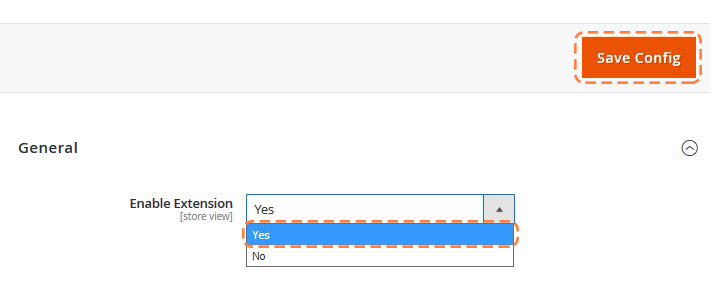
Remember to save the settings (tap Save Config) and clear Magento cache.
How to change the AMP Logo size
If you want to change the AMP Logo size, go to your Magento store root folder and open the tm-wrapper.phtml file, which is stored under the app\code\Zemez\Amp\view\templates\html folder.
The size changes will not affect the standard page (non-AMP) Logo dimensions.
Find the next code:
$logoWidth = '190';
$logoHeight = '60';
Replace the logoWidth and logoHeight values with new ones, then save the changes.
The AMP Logo height should not exceed 60 px.
CSS styles for AMP pages
Go to your Magento root directory and open the app\code\Zemez\Amp\view\templates\head\css folder.
Here you can find the following files:
- category.phtml - Category Page styles.
- index.phtml - Home Page styles.
- product.phtml - Product Page styles.
- style.phtml - buttons, links and header css styles.
How to remove custom blocks and widgets from AMP page
In case you don't want any custom block or widget to be displayed on the AMP page, do the following:
1. Go to your Magento store root folder and open the zamp_defult.xml file you can find under the app\code\Zemez\Amp\view\layout folder.
2. Insert the <referenceContainer name="block.name" remove="true" /> code before the </body> tag, block.name here is your actual block name (the block you want to remove from the AMP page).
3. Save the file changes.
Ajax Wishlist
Products Wishlist is one of the standard e-commerce features. We have created the special module for the convenient use of this feature, it is based on AJAX technology and allows you to add products to the wishlist without having to navigate to the separate page.
In order to configure this module, you should navigate to Magento admin panel and choose the Stores > Configuration section in the left side menu.

Then choose TemplateMonster > Ajax Wishlist item on the new page on the left side.
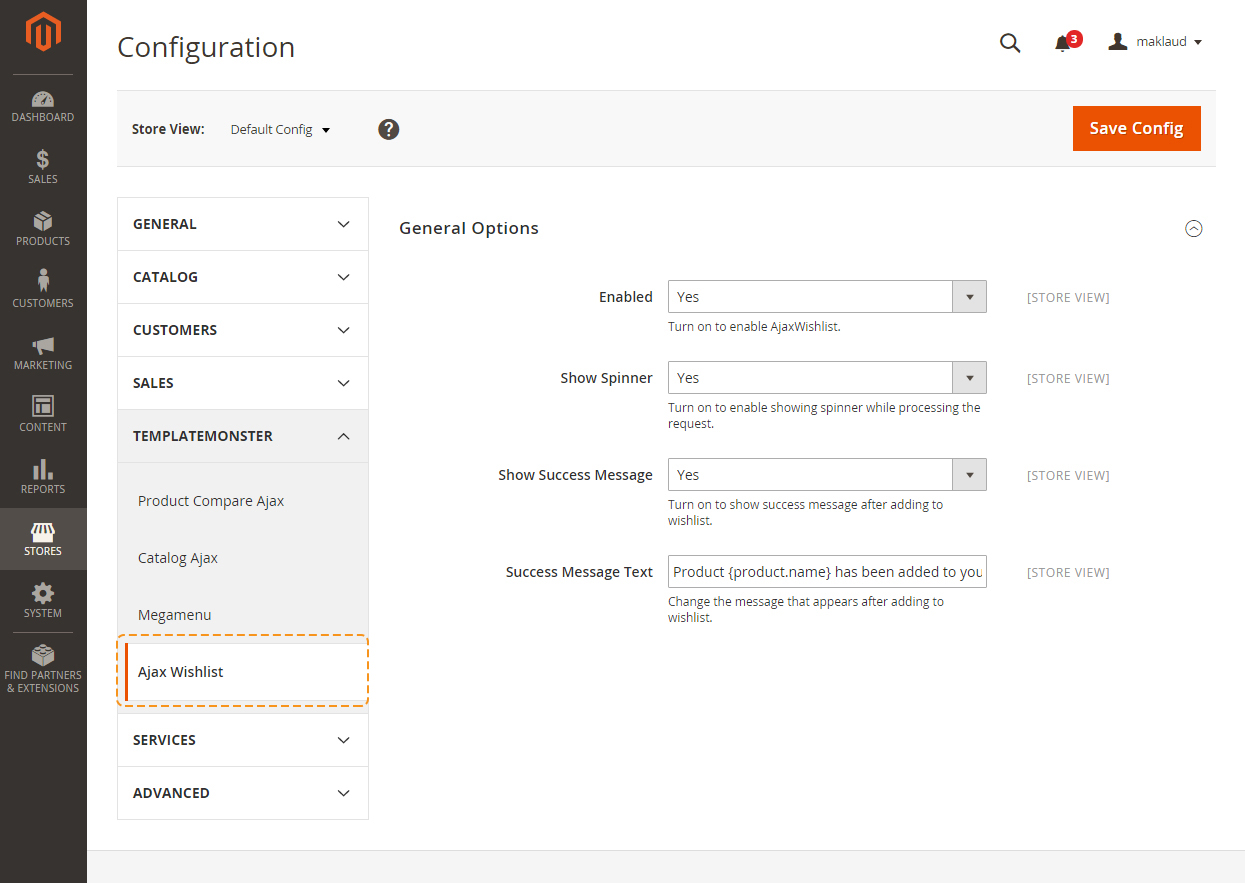
Let's review the module configuration:
| Enable | - | this option allows you to enable or disable the wishlist. |
| Show spinner | - | this option allows you to show the spinner during adding an item to the wishlist. |
| Show Success Message | - | this option allows you to display the message which is shown after adding the product to the wishlist. |
| Success Message Text | - | here you can enter the text you want to be in the pop-up window. |
Frontend
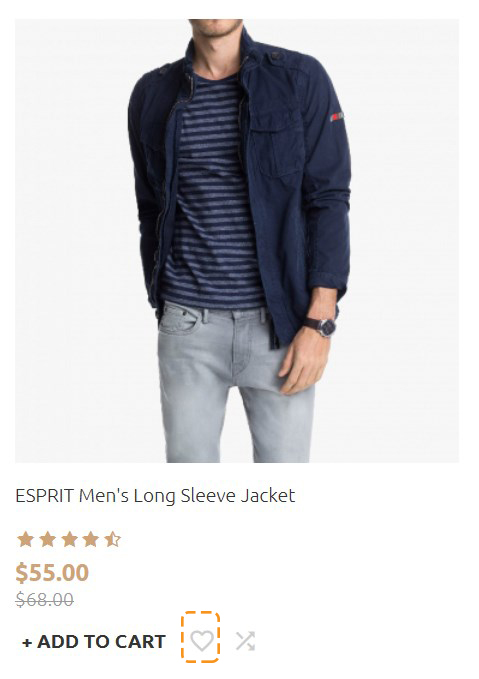
Catalog Ajax
Quick and easy selection among the variety of products contributes to making a positive decision on purchasing in your online shop. Ajax Catalog module that provides this possibility is the most popular module among the online shops based on various platforms. It allows you to find and filter the products you need according to the selected parameters quickly and easily without reloading the page.
In order to configure this module, navigate to Stores > Settings > Configuration section.

Then navigate to TemplateMonster > Catalog Ajax in the left side menu to go to the module settings interface.
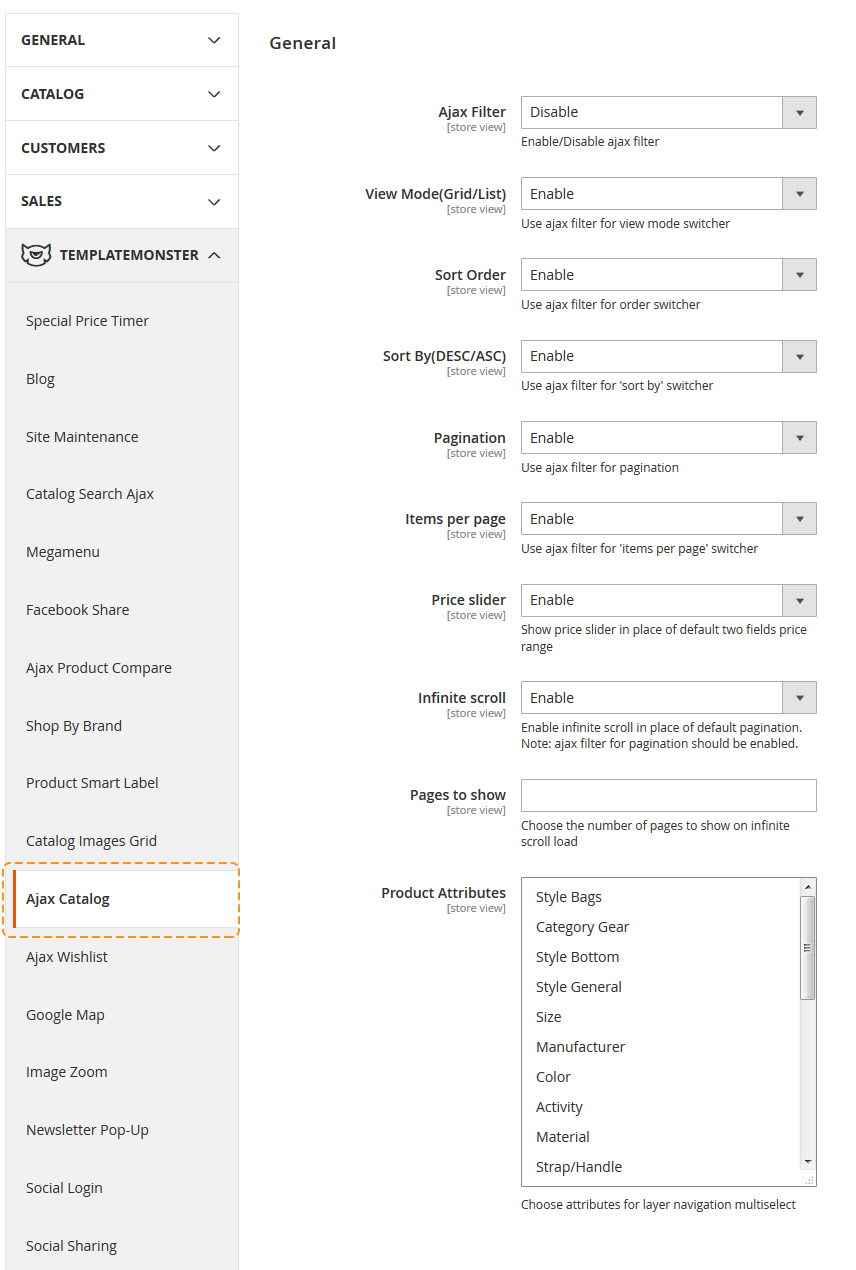
Let's review module options:
| Ajax filter | - | the option enables AJAX filter by attributes and parameters located in the standard shop filters column. |
| View mode (grid/list) | - | products display layout. This option allows you to specify products layout for listing pages without reloading them. |
| Sort Order | - | sorting parameters. It allows you to define the sorting parameter without reloading the page. |
| Sort by (desc/asc) | - | products ordering. You can sort items without reloading the main page. |
| Pagination | - | listing pagination. If your listing includes more than one page with products, this option allows to switch between the inner pages without reloading the main page. |
| Items per page | - | number of products displayed on the page. This option allows you to change the number of products displayed on the single listing page without reloading. |
| Price slider | - | able to activate the price slider. Activating the option allows to filter products by price range. |
| Infinite scroll | - | enable infinite scroll for the catalog page. The option help to auto-load the next page products when the user reaches the end of the page. |
| Pages to show | - | choose the number of pages to show within the single infinite scroll auto-load. |
| Product Attributes | - | selected attributes is multiselected in layer navigation. |
Feel free to use all the options at once or just a few of them, it's up to you.
Frontend:

- View Mode(Grid/List) (1) — Enabled;
- Sort By(DESC/ASC) (2) — Enabled;
- Pagination (3) — Enabled;
- Items per page (4) — Enabled;
- Product Attributes (5) — Brand, Design, Themes, Color, Size.
Ajax Search
Quick and easy search among the variety of products contributes to making a positive decision on purchasing in your online shop. Search module is the popular module among the online shops based on various platforms. It allows you to find the products you need according to the selected parameters quickly and easily without reloading the page.
In order to configure this module, you should navigate to the Magento admin panel and choose the Stores > Configuration section in the left side menu.

Then choose the TemplateMonster > Catalog Search Ajax item in the left side menu to go to the module settings interface.

This module has 6 options available for editing if needed.
Let's review each option separately:
| Default Search Ajax | - | enables/disables search by keywords, specified in the "Search Terms" shop section. |
| Product Search Ajax | - | enables/disables search by products' titles, assigned to all of active site categories. |
| Category Search Ajax | - | enables/disables search by all of active site categories titles. |
| Category Search Ajax Num. Result | - | defines the number of categories to show in the search results list. |
| Default Search Ajax Num. Result | - | defines the number of products to show in the search results list while searching by a keyword. |
| Product Search Ajax Num. Result | - | defines the number of products to show in the search results list. |
If you decide to enable Category Search Ajax and Product Search Ajax options, you'll also need to enable Use Flat Catalog Category and Use Flat Catalog Product options respectively. You can enable these options at the Catalog > Catalog > Storefront tab.

Feel free to use all the options at once or just some of them, it's up to you. In case there are any suggestions or errors detected, feel free to contact us using the link provided on the module page!
Enjoy using!
Film Slider
TemplateMonster FilmSlider module is an implementation of elegant and professional jQuery plugin 'Slider Pro'. Allows you to add slider with multiple layers to your store home page. Rich collection of slider configuration options and user interface will help you to configure your slider fast and easily.
In the main navigation menu you'll see new menu option TemplateMonster.
To start working with the FilmSlider module, click Template Monster > Sliders menu item.

Here you can see a list of available sliders where you can disable/enable, delete or edit sliders.

To add new slider click Add New Slider button in the top right corner.
On the slider configuration screen in General Options section you can see all available slider settings. Slider Items section allows you to add slides to your slider.

Let's see what slider options are available. As you can see options are divided into several parts to make the configuration interface more user friendly.
General Options
Main Settings
This section allows you to set slider title, select store view, enable/disable slider, set its width and height.

Image Settings
In image section you can adjust slider image configuration settings. Each option has a brief description. Let's describe some of them more specifically.

The Aspect Ratio
Image Scale Mode
Sets the scale mode of the main slide images [images added as background].
- cover — will scale and crop the image so that it fills the entire slide.
- contain — will keep the entire image visible inside the slide.
- exact — will match the size of the image to the size of the slide.
- none — will leave the image to its original size.
Force Size
Indicates if the size of the slider will be forced to full width or full window.Slides settings
Slides settings section allows configure slides behaviour. Here you can configure slides animation, visible slider size, slides shuffle and loop.

Fade animation settings
This section contains settings for fade animation. Fade animation can be enabled on slide switch.

You can set if you want to fade out previous slide and fade animation duration in milliseconds.
Auto play settings
Autoplay feature in Film Slider allows looping through the slides automatically. This configuration settings contain options to configure auto play delay, direction and pause with mouse cursor on hover.

Controls settings
Slider controls are the navigation buttons that let you switch the slides. In FilmSlider there are several types of navigation controls: prev/next arrows, pagination buttons. Enabled keyboard navigation allows you to switch between the slides using keyboard. Also, you can enable button that will switch slider to the full screen mode.

Responsive settings

Caption Settings
Caption feature allows you to add text to each slide. This section allows you to enable caption fade animation and set its duration.
Layers main settings
Layers configuration settings contain slides layers behaviour. Each option has a brief description under the input fields.
Adding Slides
You can add new slides only after saving the slider. Click Save and Continue Edit button in the top right corner. When the slider is saved, switch to Slider Items tab.

Slide Information
Here you can input slide title and set its status [enabled/disabled].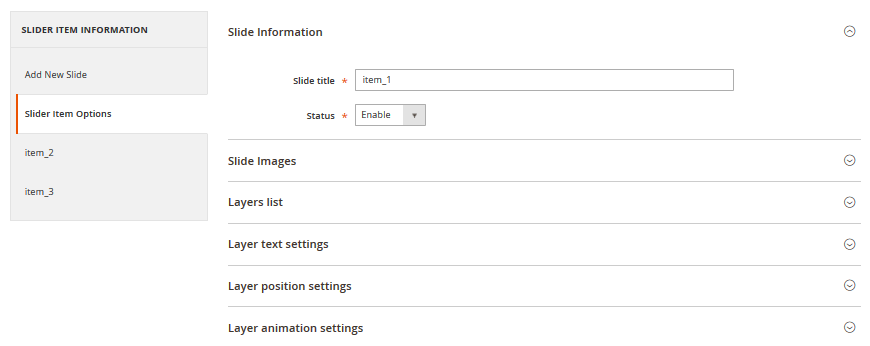
Slide Images
This section allows you to add images to the slide. Click Insert Image button to open Image library where you can select available images.

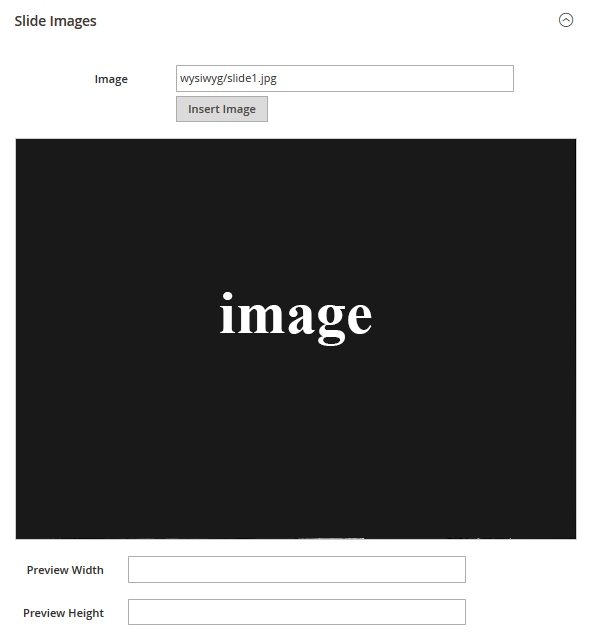
Under the Image field you can see your slide preview. You are free to set preview size the way you like. We moved the next section of slide configuration to the separate section as it is fully related to slide layers.
Working with layers
Layers list
Layers list section allows you to add layers to your slide. You can add image layers and text layers. Use corresponding buttons to add layers.

By clicking on Add layer image you'll see an image library where you can select from available images or upload images from your computer. By clicking Add layer text, you'll see new text layer added and layer settings became associated with your new particular layer.


Layer text settings
Using Layer text settings section you can input layer text, layer size, colors, font styling, etc.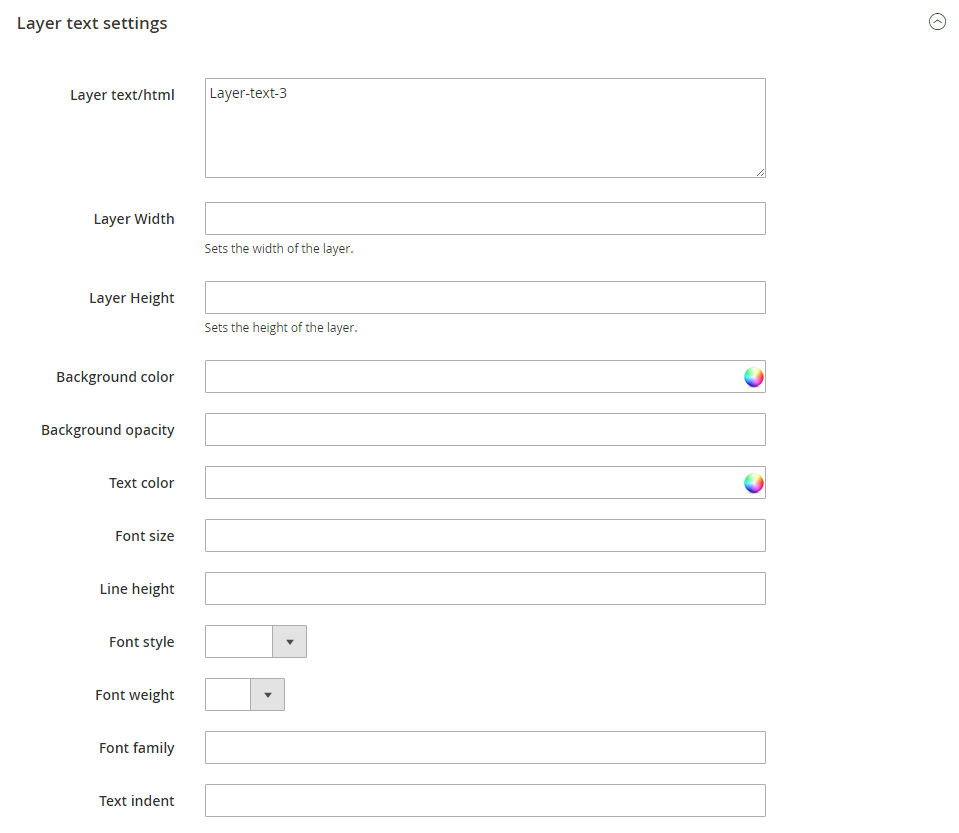
Layer text position settings
In this section you can define text layer position.
Layer animation settings
This section allows you to define layer animation. You can set its position on the slide, set transition, offsets, delay, duration, etc.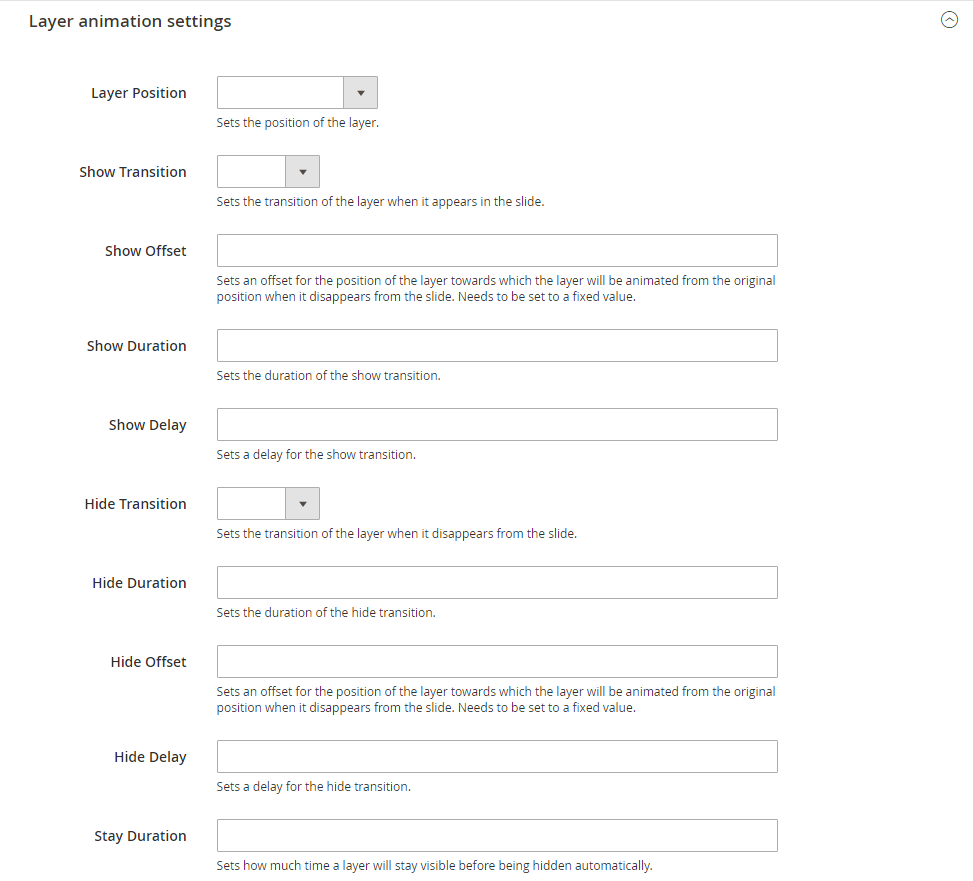
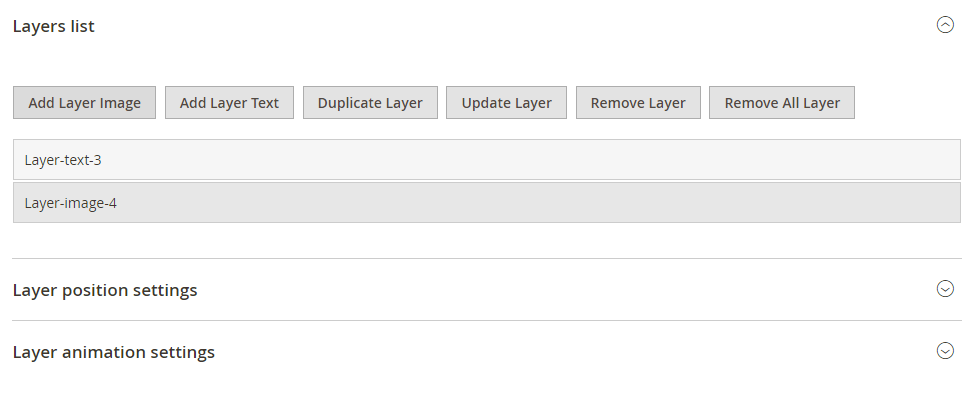
Adding slider to page
To add slider to your page please use Magento widgets. In the main admin panel menu click Content > Pages item.

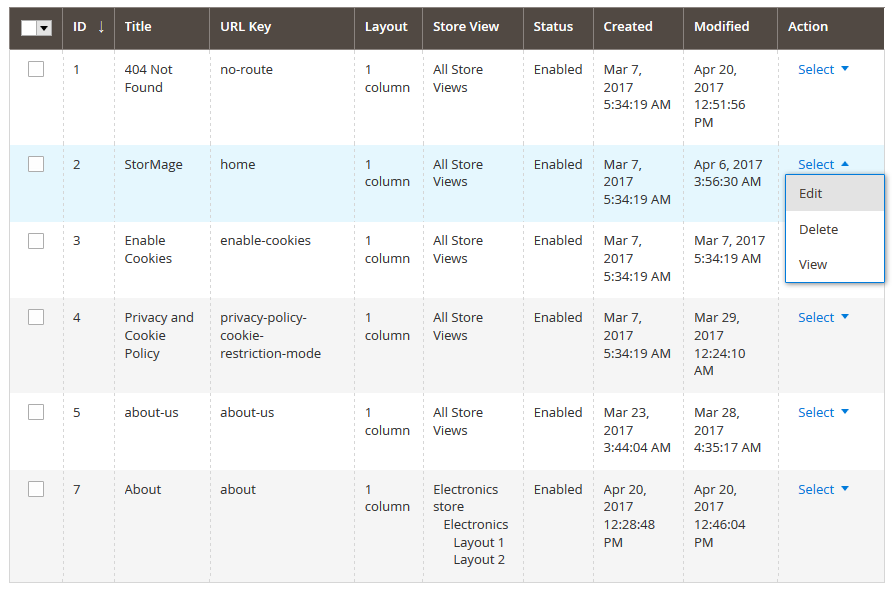


Megamenu
TemplateMonster Megamenu module extends standard Magento menu functionality and allows you to configure subcategories multi-column display, add static blocks and products to the dropdown menu, as well as the flexibly customize its appearance in site admin panel.
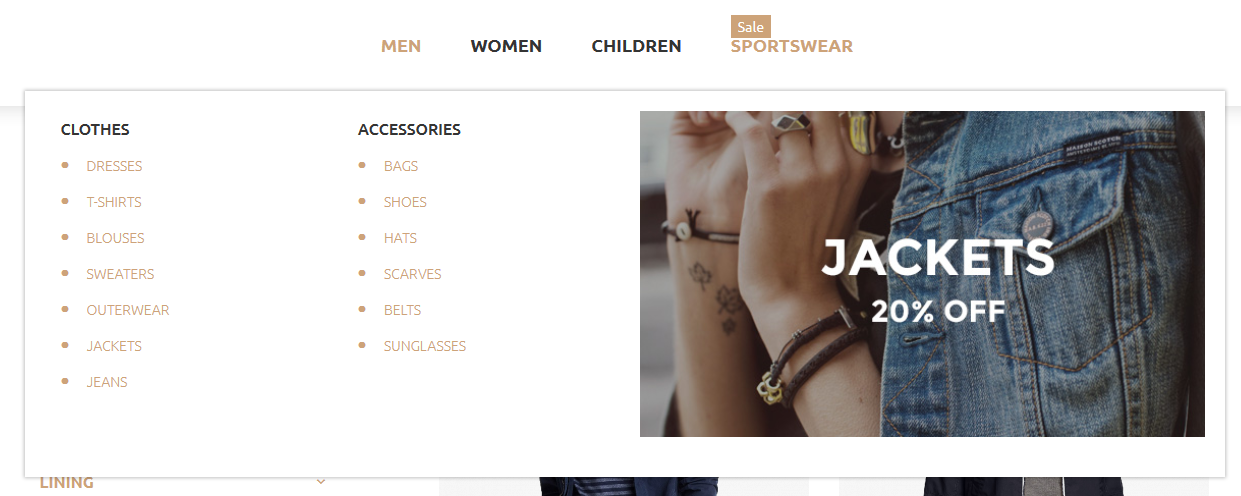
Global configuration
In order to configure this module, you should navigate to Magento admin panel and choose the Stores > Configuration section in the left side menu.
Choose the TEMPLATEMONSTER > Megamenu in the left side menu to go to the module settings interface.

| Enable/Disable | - | you can enable or disable the module if needed; |
| Menu position | - | you can choose menu position here. |
| Topnav | - | displays menu in site header; |
| Sidebar | - | shows menu in sidebar. |
Attention!!! If you're going to display menu in sidebar, be sure to enable a layout with left or right column included. In case, you have one-column layout active for pages and Menu position:Sidebar option is enabled, no menu will appear at site.
Categories configuration
Megamenu block display can be configured on the 1st level category configuration page, that can be found in the Megamenu tab, at Products > Categories section.

You will see the Turn on Megamenu for this category option at the Megamenu tab. This option enabled Megamenu block for the selected category. After enabling this option, you will see the two fields and a widget with menu content settings.
Label option allows you to display the label [new, sale] for the top-level categories. This label has default styling, but its appearance can be changed by using Css class option. This option sets the class for current menu item's <li> и <a> tags, so you can easily create custom styling for your label by using the class.
Megamenu block content settings' widget allows you to define number of rows, columns, specify their width and lot of other settings.
In order to add a new row you need to use Add row button. Then you will see the empty field with Add column[s] and Remove row buttons.
Remove row - removes the row [field].

After pressing the Add column[s] button you'll see a pop-up window to select the width of the column you're going to add. The maximum width of the column is col-12 it stretches menu block to the full width of the container. So, if you need to display 4 columns in a row, you have to add 4 columns with the width parameter set to col-3.

Let's consider columns' settings.
- Set column width - column width. It can take values from col-1 to col-12.

- Enter specific class - custom css class of the column, so that you can further create styles for this column using css rules.

-
Add subcategory - subcategories dropdown for the parent category. This option allows you to select and display the subcategories you need. In order to do this, choose the subcategory among the list and press on the Add button. On the next step you will see this category listed at the Selected items field.

-
Select static block - static blocks dropdown list. You can show any of site static blocks in the dropdown menu same as the list of subcategories, if you have previously added it to the shop admin panel. In order to add a static block, choose it among the list and press on Add button. Static block title will be listed in the Selected items field.

-
Add product[s] - adding product to the menu. This option allows you to add any of site products to the menu. Product image, title and a price will be displayed in this case. After pressing on the button you'll see the pop-up list of products available for adding. After you add it to menu, it's title will be listed in the Selected items field.
- Add widget[s] - this tool can be used to add a variety of content elements to the page.
-
Selected items - the field for sorting the items. It allows you to change the display order [sorting] of your column content. Drag&Drop interface allows you to reorder items by dragging them. If you do not want the product or static block to be displayed below, just drag it to the top to reach the required appearance. You can also remove some items here. Select the ones you need to remove and press on Remove selected button to do that.

- Add video - this video extension allows you to add videos to your product pages. You can upload a video [FLV, MPEG, MP4, JPEG, PNG, GIF and SWF] or embed it from youtube or Vimeo.
Available widgets
By default, Magento ships with the following widgets:
— CMS Page Link
The CMS Page Link widget will allow you to add a link to a page that you specify; this can be useful to add a link to the footer.
— CMS Static Block
The CMS Static c Block widget will add a static block to the location that you specify.
— Catalog Category Link
The Catalog Category Link widget adds a link to a specific category that you specify.
— Catalog New Products List
The Catalog New Products List widget allows you to add a list of products to a page; here you can select the amount of products that you want to show and if you want to display only new products or all products.
— Catalog Product Link
With the Catalog Product Link widget, it is possible to create a link to a specific product.
— Catalog Product List
To display a list of products on your page, you can use the Catalog Product List widget. With this widget, you can control the products shown based on your own conditions[product attributes].
— Orders and Returns
This will add a block to allow customers to search for their orders and view the status or request for a return.
— Recently Compared Products
This will add a block that shows the products that are added to the compare products list.
— Recently Viewed Products
This will add a block that shows the products that have been viewed by the user.

Subcategories configuration
This module allows to add an image and a label to any products' subcategory. In order to configure the subcategory, open its page and navigate to the Megamenu tab. You'll see two options there: Category image and Label.
To add the subcategory image press on browse and choose an image from the clipart.As to the label adding, fill in the Label field.

Styles configuration
Frontend:

- 2 subcategories;
- Block — megamenu;
- Label — Sale.
How to change the menu block image(s)
Navigate to your Magento root folder on your server. Then, go to the app/design/frontend/TemplateMonster/themeXXX/web/images/media folder. (XXX — your theme number)
Find the image you want to replace. Remember (copy) the name of the image.
Upload the new image to the media folder replacing the old one. The new image should have the same name and extension. (e.g. megamenu.jpg)
- Megamenu block image name — megamenu.jpg;
- Image size — 555x320 px.
Newsletter Pop-up
Email newsletter has always been the important part of every marketing strategy. This method is used all over the world, so it will definitely help you to gain more orders and subscribers. That's why we proudly present you the Newsletter pop-up module. It displays the popup window with subscription form and social icons right after the client visits your site.
Global configuration
In order to configure this module, you should navigate to Magento admin panel and choose the Stores > Configuration section in the left side menu.
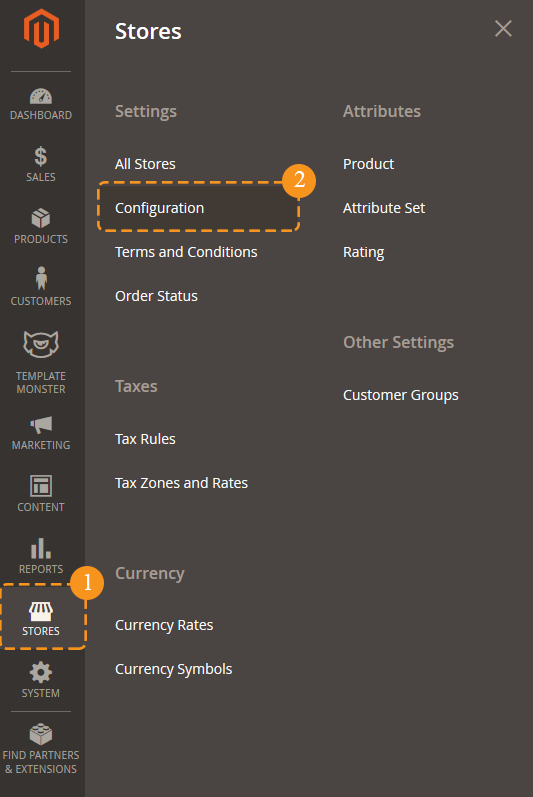
Choose the TEMPLATEMONSTER > Newsletter Pop-up in the left side menu to go to the module settings interface.
The module has 2 sections, and each one contains a specific set of options:
- General
- Social Settings

General section includes main module settings, and Social settings section serves for social icons display setup in the pop-up window.
General
As stated above, this section includes main module settings. You can enable or disable module here, specify buttons color, define the width of the window, etc. Let's review each option separately.
General section includes main module settings, and Social settings section serves for social icons display setup in the pop-up window.

- In order to enable or disable module completely, you'll need to use Enabled option. It provides the possibility to deactivate the module completely.
-
Show on startup option shows up the pop-up after visiting the site. As soon as shop page is loaded, you will see the pop-up offering you to subscribe to this site's newsletter.
- This pop-up can be also set up to display once again after navigating to site footer by using a scrollbar. E.g., if you close the pop-up that appeared after the initial page loading and scroll down to the footer then, the same pop-up will show up for the second time. In order to re-display this subscription window, you have to enable Show on footer option.
-
Pop-Up width option allows you to define the newsletter pop-up window width. Its size can be set in pixels only.
- Show in footer option allows you to display a link in the site footer, to display the newsletter pop-up after clicking on it. Footer link text field changes the label for the link displayed in the footer after activating the Show in footer option.
-
The pop-up may not be displayed immediately, but after some certain time period. This setting is controlled by Pop-Up timeout option. You can set a delay before the newsletter pop-up appearance and it will not show up right away, but only after the time you have specified passes since the client visits your site.
-
Button color and Button hover color options let you set a background color for the "subscribe" button.
-
You may need the CSS-class option when customizing the pop-up design. This option allows you to apply additional custom CSS-class for the pop-up window so that it can be used for further stylizing or other actions.
Social Settings
This section is responsible for social icons display and configuration in the newsletter pop-up. It consists of a few subsections that have similar options.
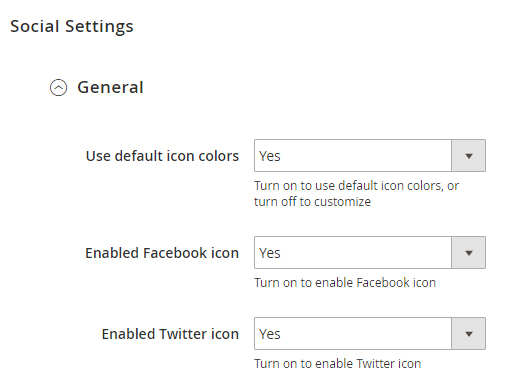
Main settings' subsection allows you to set colors and social icons' appearance for the following services:
- Google+
- Youtube
- Vimeo
- Foursquare
- Tumblr
- RSS
-
You can enable or disable certain icon appearance by using the respective Enabled ……. icon option. This option activation will make a respective sections appear to let you configure each icon individually.

-
This section also includes the Use default icon colors option. It is used for changing icons color.
 By default, it's enabled, so all the icons have their corporate [standard] color that is specific for each social network. However, if you'd like to define icons color on your own, you should disable this option.
By default, it's enabled, so all the icons have their corporate [standard] color that is specific for each social network. However, if you'd like to define icons color on your own, you should disable this option. -
Each social network section has a Link option available. It lets you define the link to any page [your profile] in a respective social network.

-
After disabling the Use default icon colors option, you will see the new fields in subsections for each social network icon configuration:
- Icon background
- Icon color
- Icon background hover
- Icon hover color

All of these options allow you to customize the icon appearance. They provide you with the option to set the icon background and color for the initial state and on hover [after hovering the icon with the mouse cursor].
Please be sure to save your configuration!
Just in case, you'd like to return all the default settings, there is a Reset button available next to the Save one.

Ajax Compare
Products compare is one of the standard e-commerce features. We have created the special module for the convenient use of this feature, it is based on AJAX technology, and allows you to add products to compare without having to navigate to the separate page.
You can either enable or disable this module. In order to do this, navigate to the admin panel and choose the Stores > Configuration section in the left side menu.

Then choose the TemplateMonster > Product Compare Ajax item on the new page on the left side.
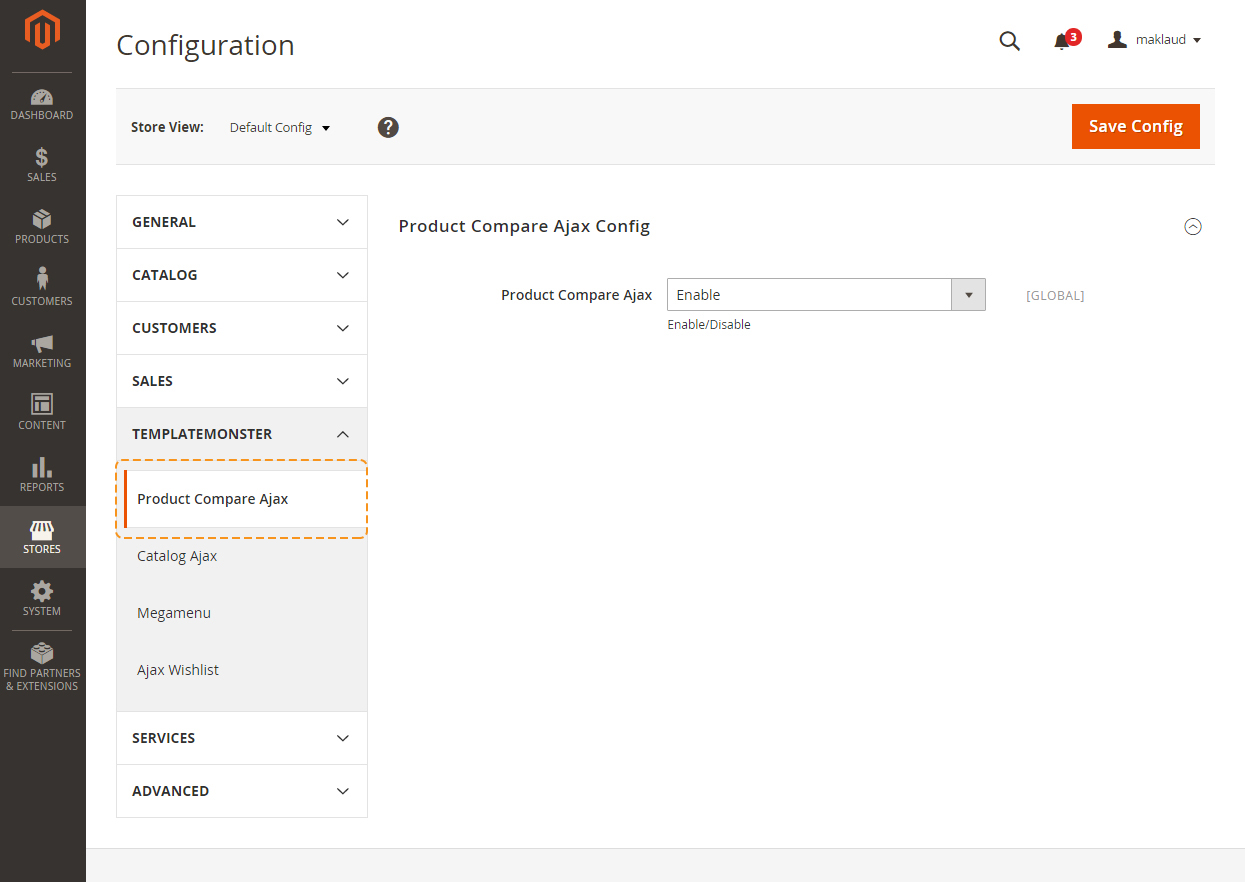
Frontend
